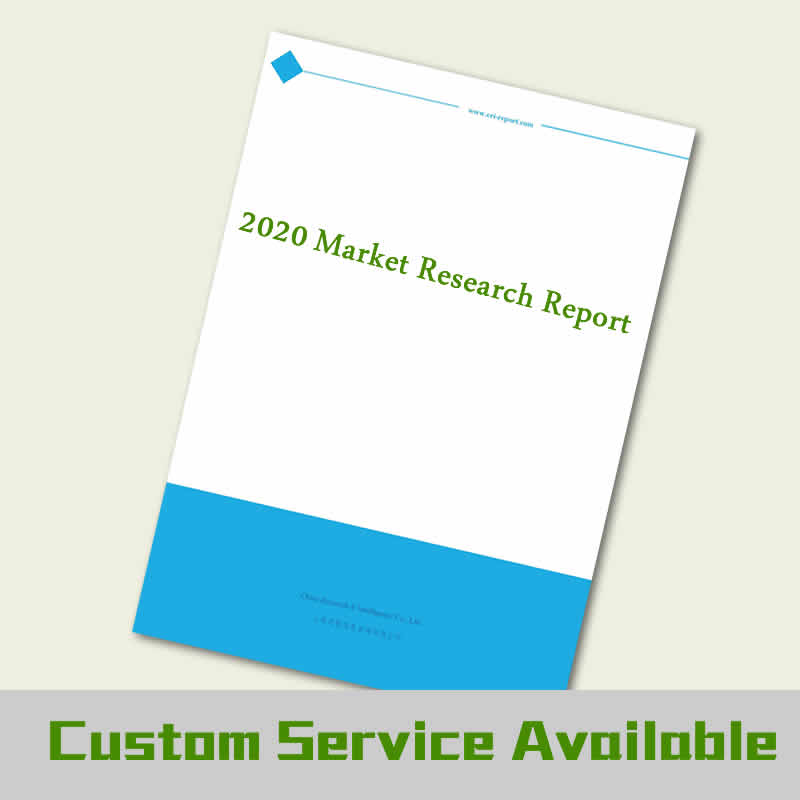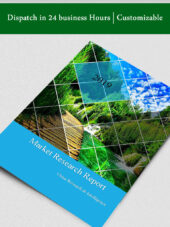Description
Agricultural Biological Market to Surge at 16% CAGR, Increasing Demand for Agricultural Biological is due to rising trend of global organic and sustainable agriculture, low residue rates and favorable regulations are major factors anticipated to Propel Growth
Global market size of agricultural biologics is valued at USD 9 billion in 2019 and is expected to rise at a CAGR of 16% to reach a market size Of USD 33 billion by 2030.
Verdesian Life Sciences launched their second US facility in September 2019. The laboratory focuses on developing new and innovative technologies to enhance the effectiveness and environmental sustainability of plant nutrient use.
By agreeing a distribution agreement with QSI Equador, Seipasa broadened its business presence in July 2019. They’ve also released a new product listing for the Ecuadorian market.
UPL purchased Arysta LifeScienecs, a regional manufacturer of creative crop solutions, in February 2019. This is projected to allow UPL to provide better crop security solutions and increase its presence in Africa, Russia and Eastern Europe
The abundance of varieties, ease of processing, and growing adoption among farmers are few of the drivers contributing to the success of microbials in the agricultural biologicals market. Using microbials doesn’t require the user to have advanced technical skills and high-end delivery logistics. This aspect has resulted in greater adoption of microbial solutions among farmers than any other form of agricultural biologics.
In 2018, the foliar spray was the most adopted way to pertain biologicals to the plants. This is due to their user-friendliness and efficacy. The foliar spray directly impacts the leaf, thus helping to absorb nutrients and trace minerals easily. Given their cost, small farmers in the Asia Pacific area usually prefer foliar sprays to soil treatment.
North America dominated the sector in 2019 and held a large revenue share of more than 35%. Due to strong existence of international agricultural product manufacturing firms, the area is anticipated to expand further at a stable CAGR over the forecast period of 2020-2030, with the large proportion of manufacturers situated in the US. Growth is also due to the region’s continuously changing agricultural activities in terms of farming techniques, technical innovations and ongoing R&D, and regulatory changes supporting sustainable methods of farming.
Key Players in the Market
Some of the key players operating in the global Agricultural Biological Market are BASF SE (Germany), Biolchim (Italy), Rizobacter (Argentina), Valagro (Italy), Koppert Biological Systems (Netherlands), Lallemand (Canada), Isagro (Italy), UPL (India), Evogene (Israel), Bayer (Germany), Vegalab (US), Valent (US), Stockton (Israel), Symborg (Spain), Syngenta (Switzerland), Marrione Bio Innovation (US), Andermatt Biocontrol (Switzerland), Seipasa (Spain), and Verdasien Life Sciences (US)
Get Valuable Insights into Agricultural Biological Market
In the new report, Fatpos Global thrives to present an unbiased analysis of the global Agricultural Biological Market that covers the historical demand data as well as the forecast figures for the period, i.e. 2020-2030. The study includes compelling insights into growth that is witnessed in the market. The market is segmented by function into Crop Protection, Crop Enhancement Biocontrol, Biofertilizers and Biostimulants. By product type, the market is segmented into Microbials, Macrobials, Semiochemicals and Natural and by mode of application into foliar spray, Soil and Seed treatment. The market is segmented by crop type into Cereals & Grains, Oilseed &Pulses, fruits & Vegetables and Others. Geographically, the market is segmented into North America, Latin America, Europe, APAC and MENA.



